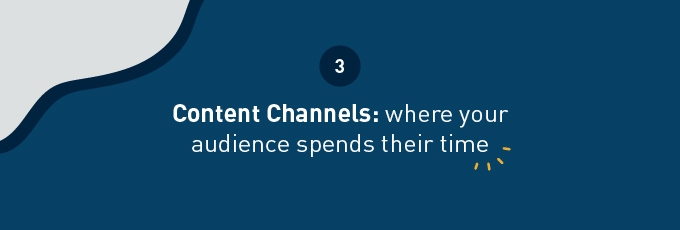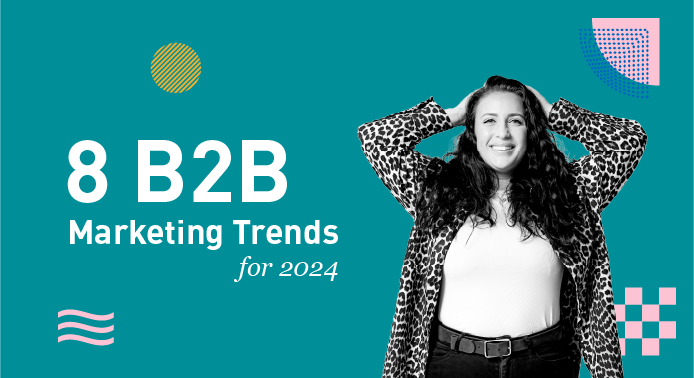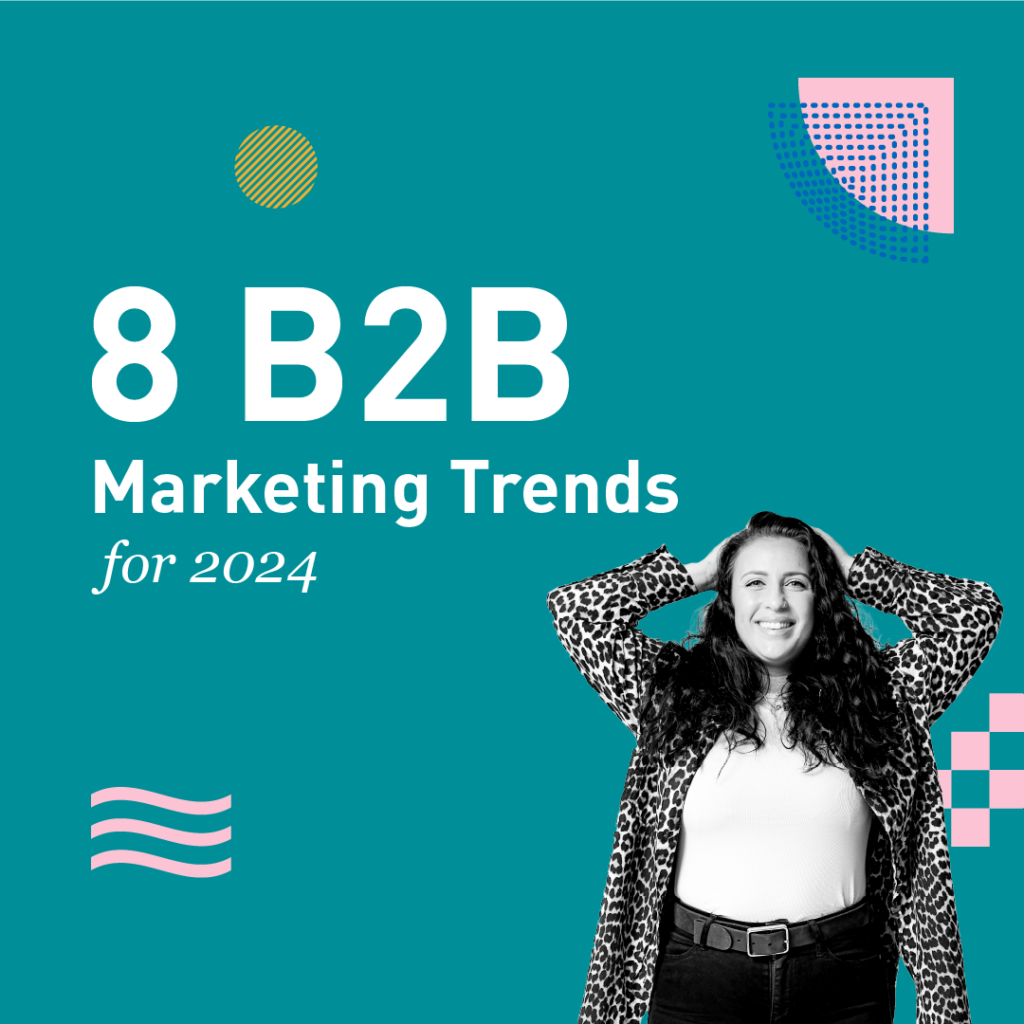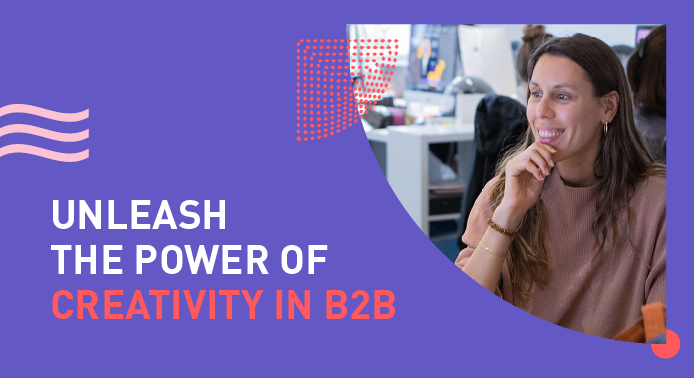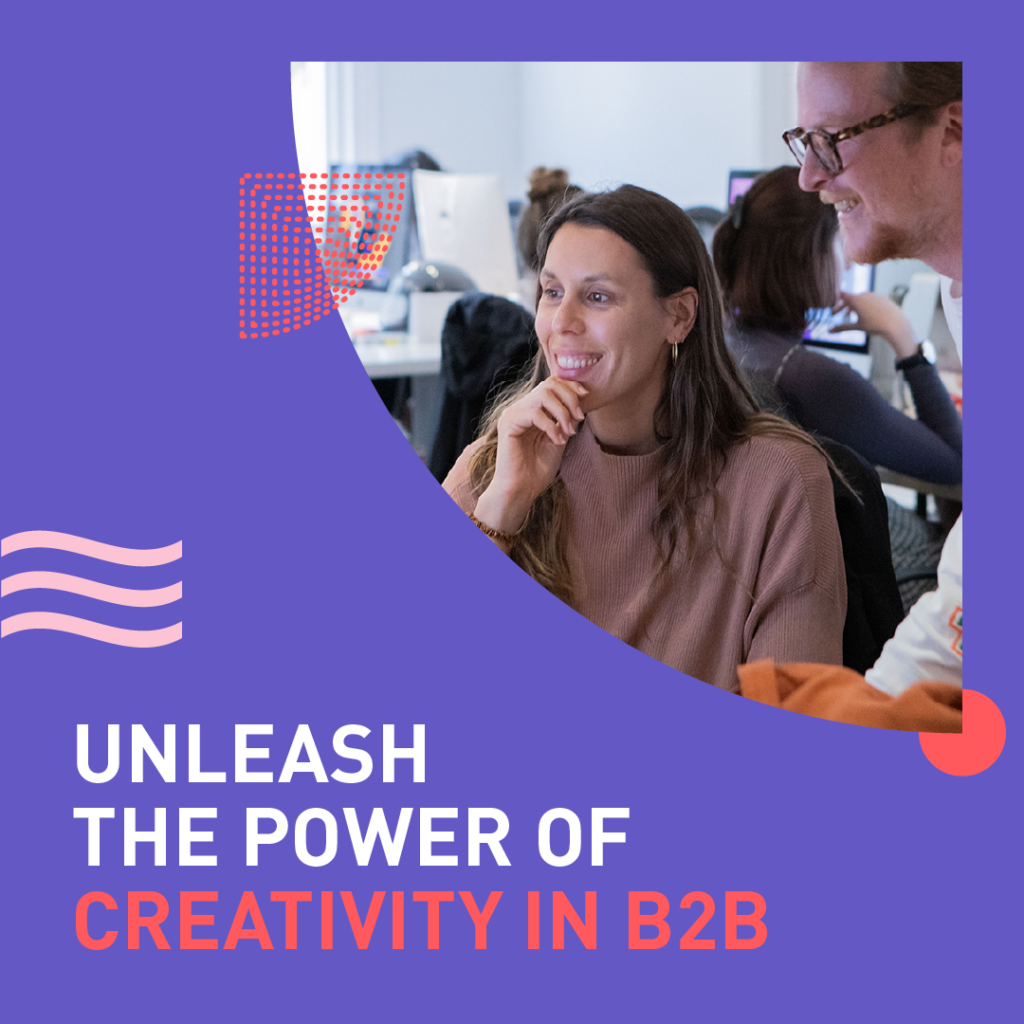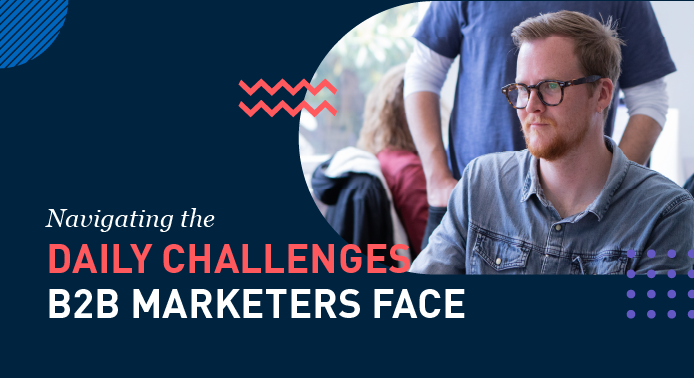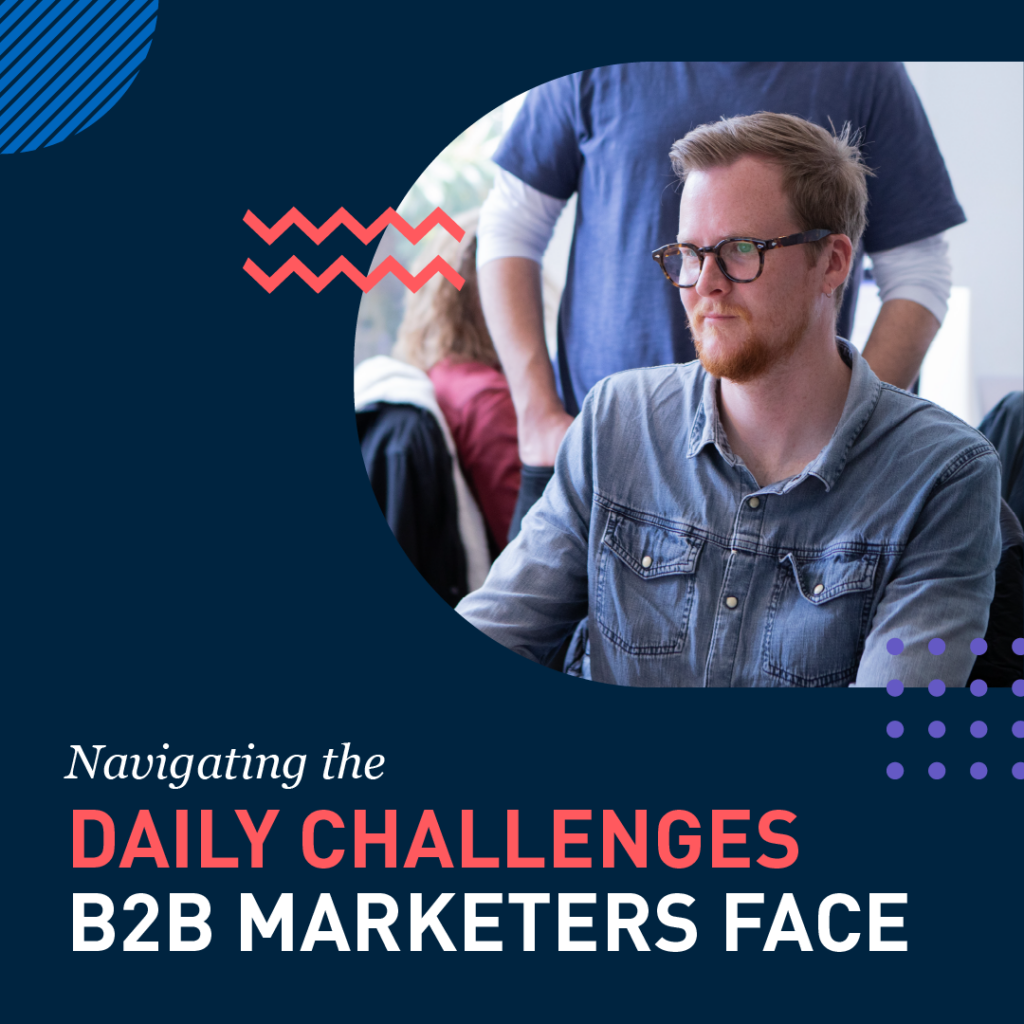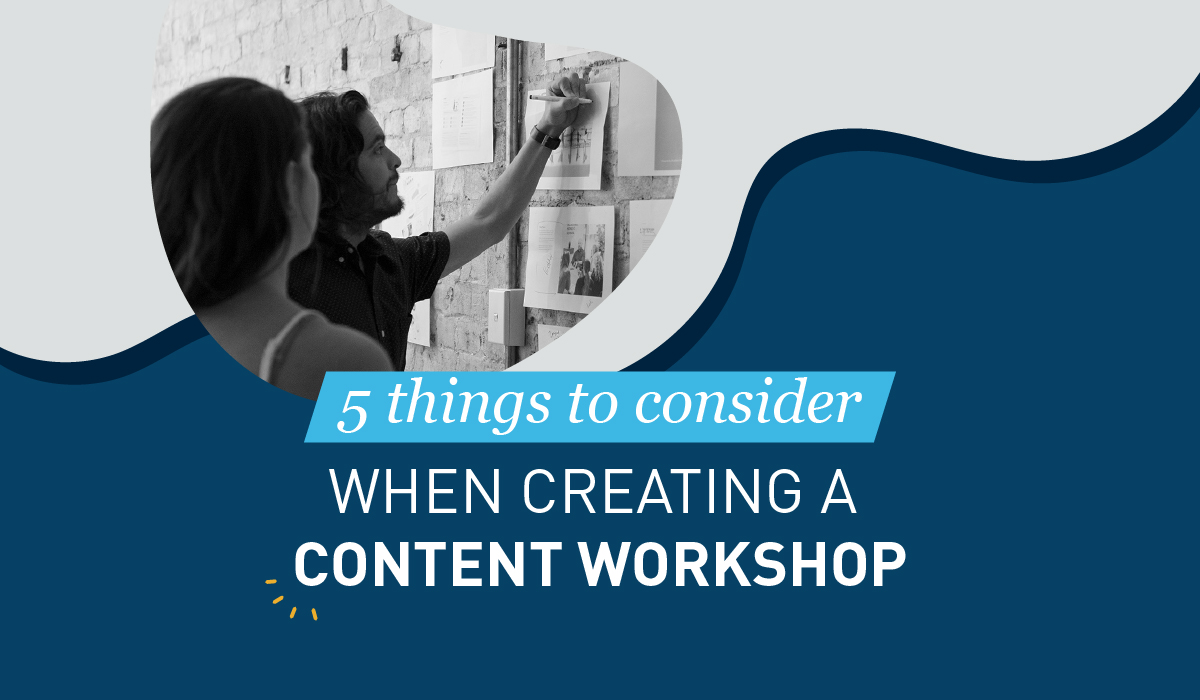
You can’t intrigue an audience without understanding it first. Think about it – you see so much content on the daily that you end up deleting anything which isn’t immediately relevant to you (or save it to your desktop for “later reading”…)
They say it takes a village to raise a child. We reckon it also takes a community of creatives, strategists and marketers to grow a business’ content strategy. Ideally, that community would be about the size of a village. Realistically, resources are tight and you might need to look outside for a helping hand.
From the beginning, it’s good to have a clear understanding of what you want content to do for your brand, product or service. Setting clear goals means the whole team gets on the same page. So, start by asking these questions:
> Do we know who our target audience is?
> Are we aware of the right metrics we want to track for business growth?
In this article we’ll break down 5 key considerations for a content marketing workshop, from setting the foundation to determining the final output of your strategy.
(If you’re feeling overwhelmed already and want to rewind a little to get on top of the basics, take a peek at our blogs explaining What is a creative content workshop? and Why is a creative content workshop important?)
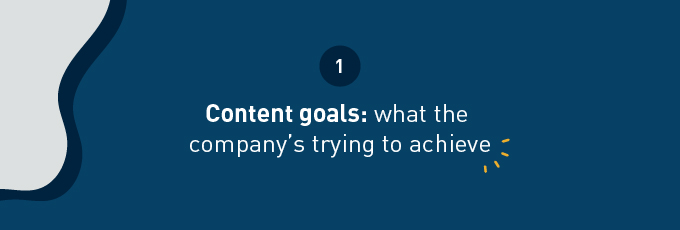
#1: Content goals: what the company’s trying to achieve
The ultimate outcome for us from a content workshop is a marriage between what your audience wants, but also what you want to see from your investment in class content. It may depend on where you’re at in your product life cycles, audience growth aspirations, and market positioning.
- Content goals can include:
- Level up your brand’s perception
- Grow the community around the brand
- Increase sales
- Drive more qualified leads
Goals can also look more like this:
- Higher engagement
- Finding creative ways to tell the right story for your product or service
- Making meaningful connections with your audience
It can be overwhelming to pick only one content goal you want to focus on first. You’re probably keen to get the ball rolling on several. We usually have clients select between one and five content goals to give us an idea of what sort of outcomes they’d like to see from the partnership.
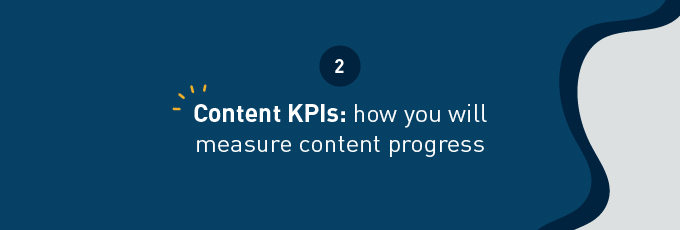
#2: Content KPIs: how you will measure content progress
Once you’ve settled upon key content goals, we’ll examine which data points to track to measure actual content performance. Keep in mind that these might change slightly throughout the content campaign. We Melons consider ourselves big thinkers and love to play with big concepts and abstract ideas. However, even we know that sometimes despite all good intentions, a brainstorm of grand plans without structure might stall creativity. It could lead to the team not having clarity on what the short-term priority is. Later on, if you don’t have clear ways of measuring success, it will be difficult to drive your top priorities. That’s why we put benchmarks in place early on to keep us accountable.
Content KPIs can include:
- # of downloads if you have an incredible eBook you want your audience to read
- New unique visits to the website
- Number of discovery calls
- Number of SQLs (Sales Qualified Leads aka a likely customer)
- Lowering website bounce rate
In order to keep us on track, we then discuss the tracking frequency (how often we will measure the selected content goals), as well as tools (software) we’ll use to do so.
Creating bomb content is one thing. Making sure it gets eyeballs is a whole other predicament.
#3 Content Channels: where your audience spends their time
In order to create content which truly resonates, we want to meet our readers where they are. Creating bomb content is one thing. Making sure it gets eyeballs is a whole other predicament. One way we like to strategise is to imagine our reader in their day-to-day routine, whether it’s travelling to work scrolling through their phone, or feeling frustrated at spam emails filling up their work inbox. It puts our hypothetical content into context, so we can dictate the best way to feed it to the audience. Did you know Gen Z’rs call their mums “old” for still being on Facebook? In that situation, you’d spin around the campaign to centre it around TikTok, or another platform where your Gen Z actually spends their time. Same goes in reverse.
In more detail, content channels to consider might be:
- Product newsletters
- Blogs
- Slack groups
- Live events
- YouTube search
- Tik Tok
- Online Publications
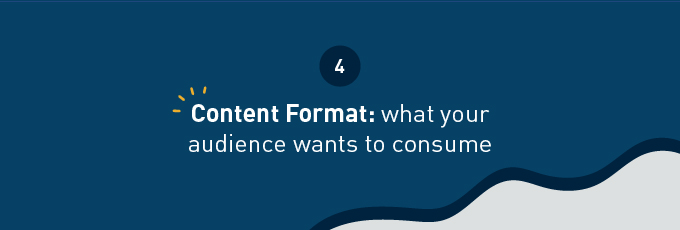
#4 Content Format: what your audience wants to consume
There are many ways you can communicate your brand messaging. People tend to consume their information in different ways. Some like to read long-form articles with tons of insights, and others prefer short digestible videos. At this point of the workshop, we start to figure out what kind of content formats would work best for your audience/persona. Drawing in audiences with the right content can be one of the biggest challenges in marketing. We want the content we create together to hit results (and of course, to excite and wow audiences!) In fact, we reckon you need to research the right format fit for your target audience as much as the information contained inside it. For example, if you’re releasing a global report, an eBook might work better than a long-form article or blog post.
Content formats look like:
- eBooks
- Long-form articles
- Videos
- Podcasts/Webcasts/Webinars
- Live events
- Infographics
- Blogs
- Etc.
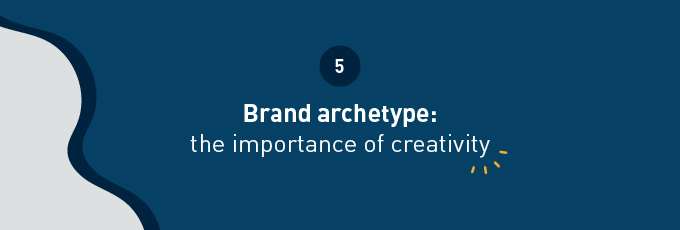
#5: Content ideation The importance of creativity
And lastly…we have to mention the significance of creativity in the content production process. We wholeheartedly believe that B2B content doesn’t need to be boring. B2B is still human-to-human. With creative solutions, a brand has the ability to be powerful in different contexts without losing its essence. What you stand for and how you build your story across different platforms is what in the end sticks in your audience’s minds.
We’re a creative agency here at BlueMelon, full to the brim with creatives – smart, but also humble enough to know that creativity can come from anywhere and anyone. So, throughout the entire content workshop process, we encourage you to speak up and throw around all ideas without restriction. You never know what will arise with a meeting of minds. Humans are meant to be collaborative and creative work is meant to be exciting. If it excites us during the content workshop, it’s probably a good indication that it might excite your target audience too.
Read: How to brainstorm content like a Melon
Putting a content workshop together can take a lot of time.
Creating a content workshop requires a clear structure that will help teams collaborate and prioritise what needs to be done. It saves money in the long run as when the wheels start rolling in production, we have already established clear goals and objectives, so decision-making moves faster.
We’re here to help whenever you need a deep-dive into your own brand strategy, and a vision for your budding future. Book in a free 15-minute consultation here when you’re ready to dive into your brand and build your content strategy with the experts.
Book a virtual coffee with us today.

